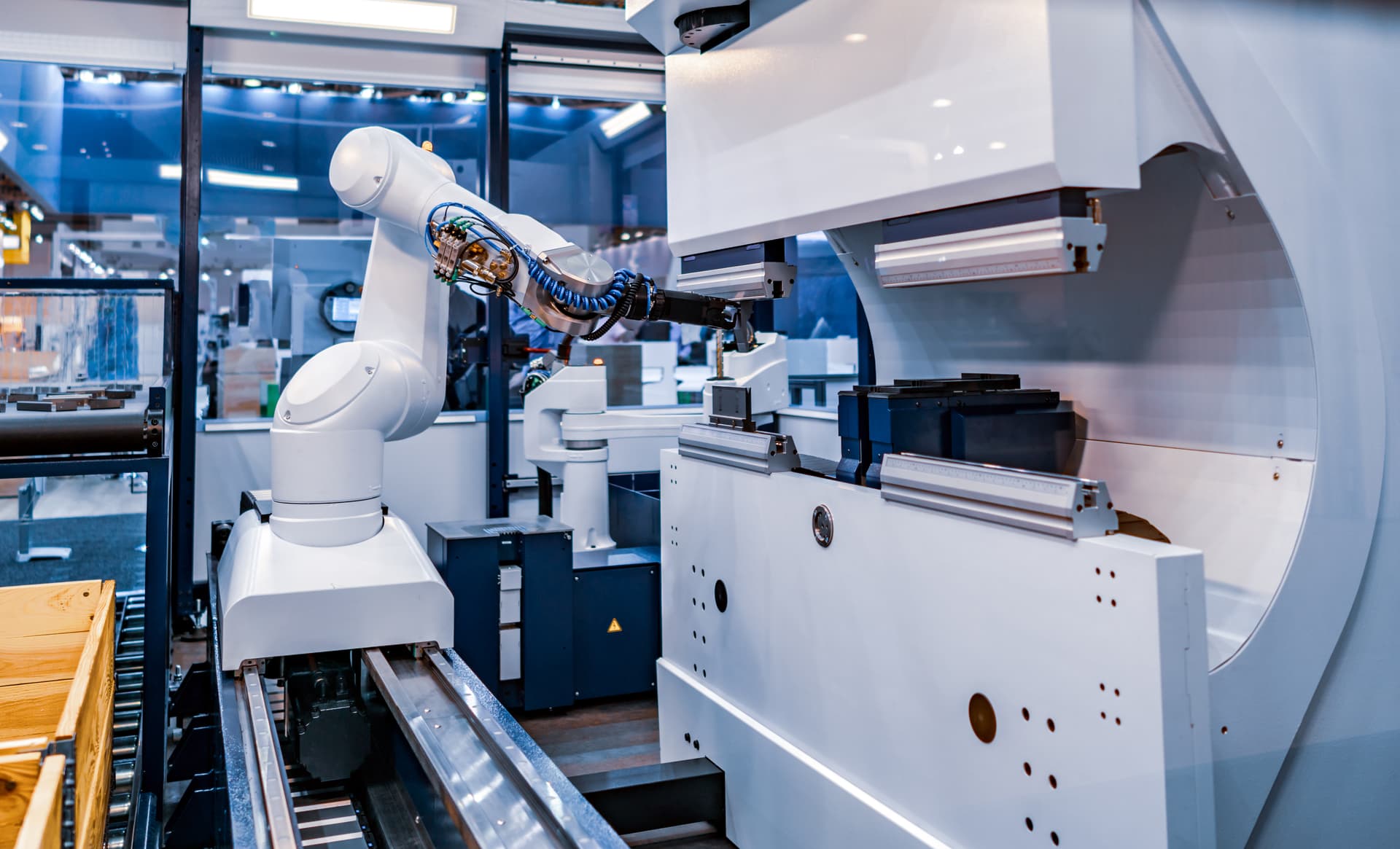The Rise of Industrial Automation: How Machines are Changing the Way We Work
From assembly lines to smart factories, industrial automation has come a long way since its inception. The concept of automating repetitive tasks to increase productivity and efficiency has been around for centuries, but it wasn't until the 20th century that industrial automation became a widespread practice. In this article, we'll explore the history, benefits, and future of industrial automation.
What is Industrial Automation?
Industrial automation refers to the use of machines, computers, and control systems to automate industrial processes. The goal is to reduce the need for human intervention in tasks that are repetitive, dangerous, or require precision. Industrial automation can be found in many industries, including manufacturing, mining, transportation, and agriculture.
History of Industrial Automation
The history of industrial automation dates back to the early 19th century when textile mills began using machines to automate the spinning and weaving of cloth. However, it wasn't until the 20th century that industrial automation became more widespread. The development of the assembly line by Henry Ford in 1913 was a major milestone in the history of industrial automation. The assembly line allowed for the mass production of goods, which significantly reduced the cost of production.
In the 1950s and 1960s, the first programmable logic controllers (PLCs) were developed. These were computer-based systems that could control industrial processes, such as assembly lines and robotic arms. In the 1970s, the first industrial robots were developed, which could perform tasks such as welding, painting, and assembly.
Benefits of Industrial Automation
There are many benefits to industrial automation. One of the most significant is increased productivity. Machines can work faster and more efficiently than humans, which means that tasks can be completed in less time. This, in turn, leads to higher output and lower costs.
Another benefit of industrial automation is increased safety. Many industrial processes are dangerous for humans, such as working with heavy machinery or toxic chemicals. By automating these processes, the risk of accidents and injuries is greatly reduced.
Industrial automation can also improve quality. Machines can perform tasks with greater precision and consistency than humans, which means that products are more likely to be free from defects.
Future of Industrial Automation
The future of industrial automation is bright. Advances in technology, such as artificial intelligence and the Internet of Things (IoT), are transforming the way machines work. For example, smart factories are using sensors and data analytics to optimize production processes in real-time.
The use of collaborative robots, or cobots, is also on the rise. These robots are designed to work alongside humans, rather than replacing them. Cobots can perform tasks that are dangerous or physically demanding, while humans can focus on more complex tasks.
As industrial automation continues to evolve, there are concerns about the impact on jobs. While some jobs may be replaced by machines, new jobs will also be created. These jobs will require new skills, such as programming and data analysis.
Industrial automation has come a long way since its inception in the early 19th century. The use of machines, computers, and control systems has revolutionized the way we work, increasing productivity, safety, and quality. The future of industrial automation looks bright, with advances in technology transforming the way machines work. While there are concerns about the impact on jobs, the benefits of industrial automation are clear. As we continue to innovate and improve, we can expect to see even more exciting developments in industrial automation in the years to come.
Labels: Interesting, Technology


0 Comments:
Post a Comment
Subscribe to Post Comments [Atom]
<< Home